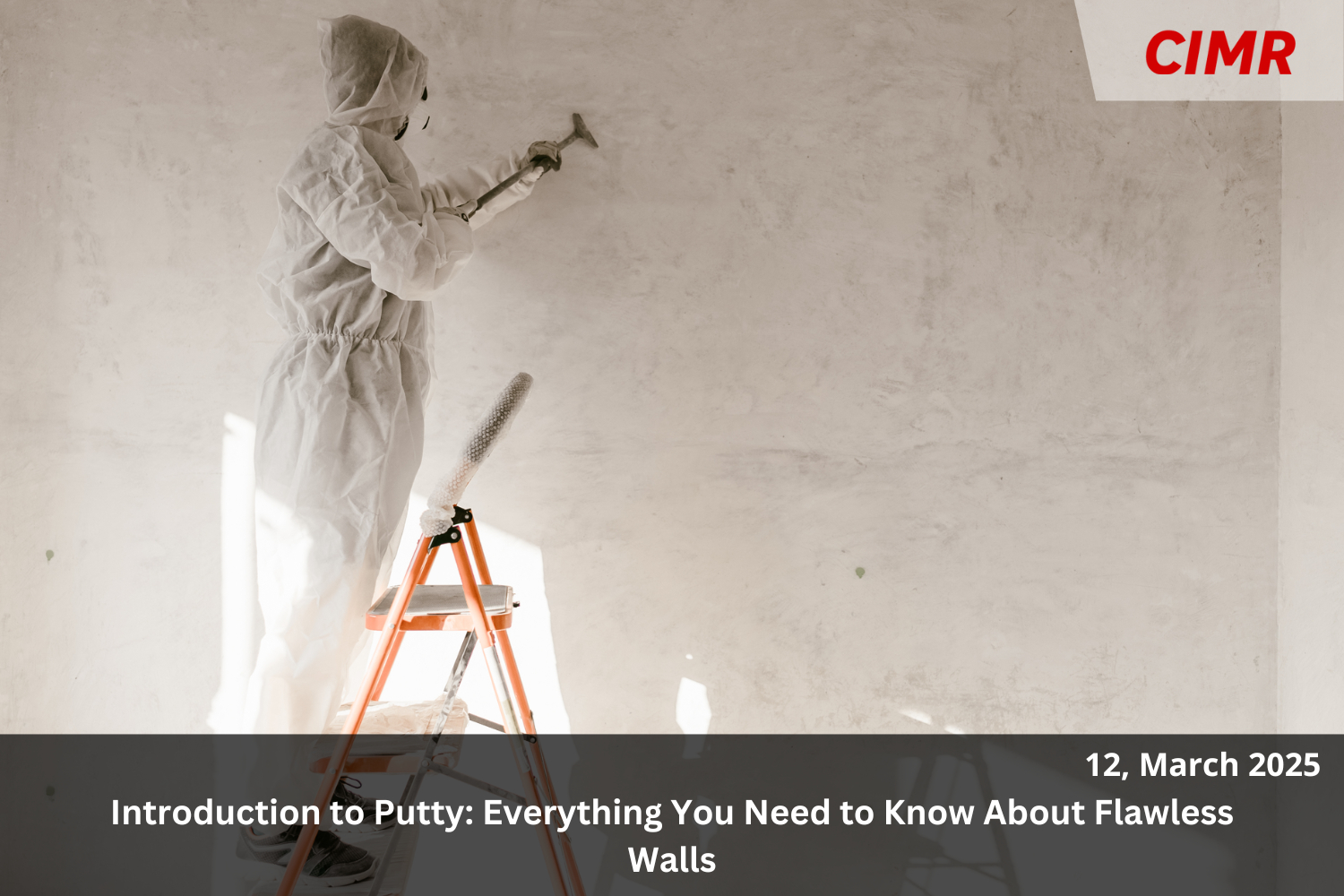Wall putty is a crucial tool in home improvement and construction, providing a flawless, durable foundation for painting. It comes in two primary formulations: White Cement-Based Wall Putty, a fine powder mixed with water, and Acrylic Wall Putty, a water-based compound. Both offer advantages such as smooth and even surfaces.
enhanced paint durability, reduced paint absorption, moisture protection, and cost-efficiency. However, they have limitations such as surface preparation, application complexity, moisture limitations, and multiple coats may be needed. Key tools for wall putty application include a putty knife and trowel.
sandpaper, a putty mixer, scraper, and sponge or cloth. For high-quality wall putty like Birla White Wall Putty, it is recommended to apply it only to dry and clean surfaces. It typically takes 4-6 hours to dry between coats, depending on temperature and humidity levels. White cement-based Wall Putty is ideal for exterior walls due to its durability and excellent water resistance.
Putty is an essential material in the world of construction and interior design, playing a crucial role in achieving smooth and flawless walls. It is primarily used for surface preparation before painting, ensuring better adhesion and a refined finish. Whether you are renovating an old space or working on new construction, understanding the benefits and types of wall putty can help in selecting the right product for your needs.
What is Wall Putty?
Wall putty is a white cement-based or acrylic-based material applied to walls before painting. It acts as a base coat that fills cracks, smoothens surfaces, and enhances the durability and longevity of paint.
- White Cement-Based Putty – Most commonly used for both interior and exterior walls, offering Ideal for interior walls, as it provides a smooth finish but has lower water resistance TOo all compared to cement-based putty.
Benefits of Using Wall Putty
- Smooth Surface – Creates a flawless base for painting.
- Enhances Paint Life – Increases the durability and adhesion of the paint.
- Moisture Resistance – Reduces wall dampness and prevents paint from peeling.
- Crack and Defect Coverage – Fills minor cracks and uneven surfaces, making walls look perfect.
- Wall putty is a vital element in wall preparation that ensures a smooth, durable, and aesthetically appealing finish. Choosing the right type and following the correct application process can significantly enhance the quality of walls and paint durability. Whether for homes or commercial spaces, wall putty remains an indispensable component in achieving professional-quality interiors.
Putty is an essential material for achieving smooth, flawless walls in both residential and commercial spaces. It serves as a filler that seals minor cracks, smooths out imperfections, and creates an even base before painting or applying finishes. Available in various formulations—including gypsum-based, acrylic, and polymer-modified putties—it can be used on different substrates such as plaster, concrete, and wood.
Choosing the right putty is crucial for ensuring durability and longevity. Proper surface preparation is the first step cleaning, degreasing, and priming the wall helps the putty adhere better, resulting in a uniform finish. Application requires skill and the right tools, like a putty knife or trowel, to spread the material evenly. Once applied, the putty must dry completely before sanding to achieve a smooth texture ready for painting.
Beyond its aesthetic benefits, putty also plays a functional role in protecting walls from moisture and environmental wear. Whether for minor repairs or complete renovations, mastering putty application is a valuable skill. With the right technique and materials, you can transform rough surfaces into a pristine canvas, ensuring your walls not only look flawless but also stand the test of time.
Group Media Publication
Construction, Infrastructure and Mining
General News Platforms – IHTLive.com
Entertainment News Platforms – https://anyflix.in/










%20/23%20cimr%204.jpg)
